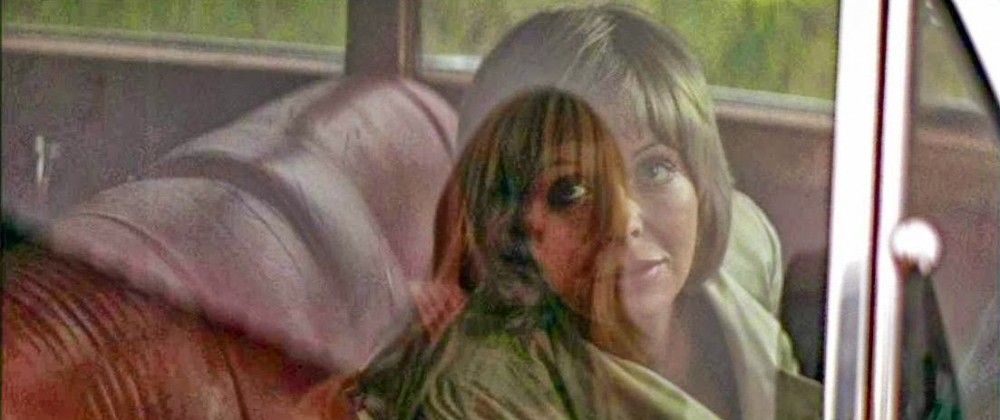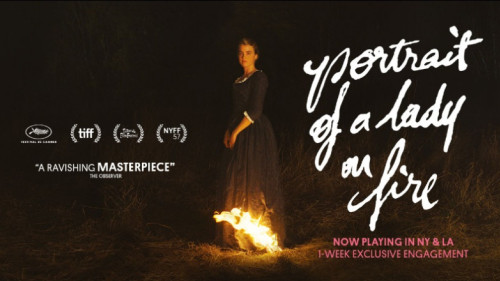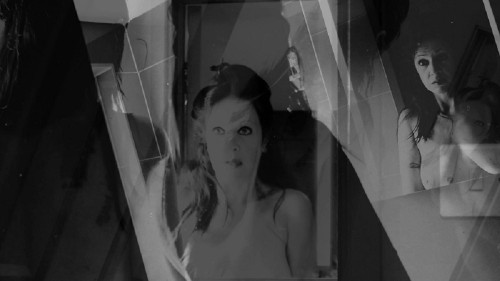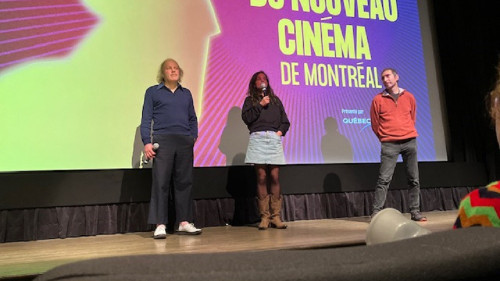Volume 18, Issue 8 / August 2014
Gender and Horror Part 2
In this issue
-

‘Mad Women’ in Robert Altman’s 3 Women and Images
-

Horrifying Whiteness: Slasher Conduct, Masculinity, and the Cultural Politics of Halloween
-
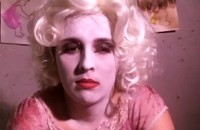
Twisting Conventions: A Feminist Indigenous Perspective on the Horror Genre
-

This Essay Was Not Built On an Ancient Indian Burial Ground
Horror Aesthetics within Indigenous cinema as pushback against colonial violence
-
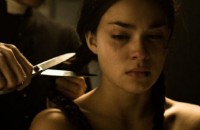
This Video Essay Was Not Built on an Ancient Burial Ground
-
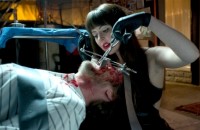
When Women Kill: Recent North American Horror Films
In this second special presentation in Issues of Gender in the Horror Genre, the authors continue to challenge horror as a one-dimensional woman-killing machine and draw our attention to the ways in which horror can be a place of gender experimentation. While some still draw on seminal horror texts that began discussions of gender in horror (Barbara Creed’s Monstrous Feminine plays an important role in this issue), these essays highlight many films that use horrific tactics to empower those who have been oppressed along the lines of gender and other intersecting identities. Discussions of gendered constructions of mental illness, race, and colonization bring the horror genre right into the third wave of feminism. The piece that I have contributed to the issue finds “mad women” in Robert Altman’s films 3 Women (1977) and Images (1972) and discusses the films in relation to the way in which the term “crazy” and the field of mental illness have been highly gendered throughout history. I examine the way in which shifting gender roles is considered “crazy” and something to be feared. Tiffany Bryant’s essay, “Horrifying Whiteness: Slasher Conduct, Masculinity, and Cultural Politics of Halloween” takes the focus away from female gender roles and discusses the way in which anxieties that surrounded masculinity from the 1950s to the 1980s play out through the masculinity of iconic Michael Myers (of John Carpenter’s Halloween, 1987). Using an intersectional approach Bryant presents Myers as representing “the white male’s changing positions in American society”. Both Vanessa Dion Fletcher’s piece “Twisting Conventions: A Feminist Indigenous Perspective on the Horror Genre”, and Ariel Smith’s piece,“This Essay Was Not Built On an Ancient Indian Burial Ground: Horror Aesthetics within Indigenous cinema as pushback against colonial violence”, speak of Indigenous horror films, shorts, and experimental films that embrace traditional horror tropes but repurposes them to bring issues of gender and colonization to the surface. Indigenous filmmakers discussed in this section include Thirza Cuthand, author Ariel Smith and Jeff Barnaby. Additionally, Ariel Smith speaks of a common device used in many horror films from the 70s and 80s, which is the “ancient Indian burial ground convention”. Here, the burial ground is presented as being the mystic cause of a form of haunting or horror. Complementing Smith’s essay is her companion video essay, “This Video Essay Was Not Built On an Ancient Burial Ground.” Donato Totaro’s essay, “When Women Kill: Recent North American Horror Films” is a response to his own earlier (2002) essay, “The Final Girl: A Few Thoughts on Feminism and Horror” and charts the dramatic changes that have occurred since that essay with respect to female killers in horror films. This collection of essays not only provides nuanced readings of some classic horror films, but also introduces us to contemporary horror films with great cathartic value for marginalized folks. It encourages us to begin to look to horror as a place where we can begin to dismantle patriarchal and colonial structures, and fight violence with (representations of) violence.
(Molly Langill, guest editor)

